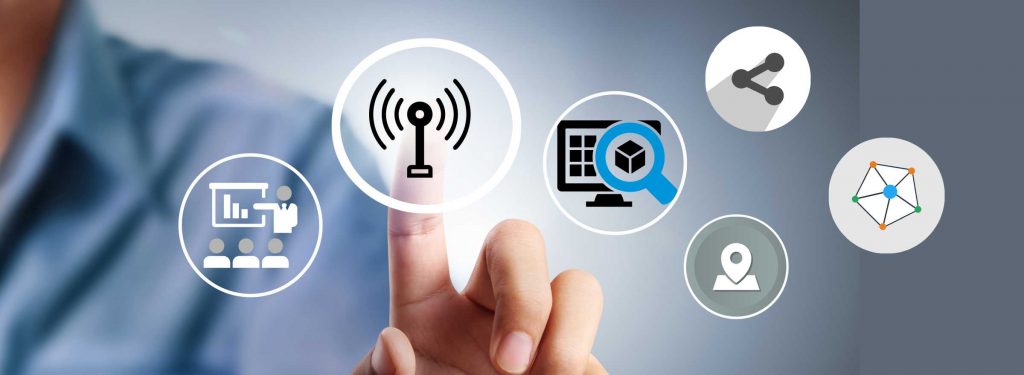
Role of IT function in Supply Chain
by Mr. N. Jayendran, Chief Technology Officer.
The success of a supply chain largely depends on Information. Timeliness is key to measure the quality of information. The primary goal of a supply chain is to effectively manage the flow of material, components or finished goods from the point of production to the point of consumption. However, there is an underlying significant chain- the information chain, that prevails and governs the flow of materials.
Information Technology that shapes the info-chain has gained prominence from being just a supporting and enabling function to be an actual driver of business. IT essentially controls the reins of a business. The supply chain industry has seen a radical and wholesome adoption of technologies like IoT, cloud technology, mobile, data analytics and the likes. Emerging technologies like Blockchain present a huge opportunity in this industry. The foremost role of IT is to deliver continuous visibility in an efficient and cost-effective way of empowering the business to make important decisions and take appropriate actions. Services, Efficiency, Visibility and Insights are key deliverables of IT. Cost reduction, higher productivity and topline enhancement could very well be the objective Performance Metrics of IT.
IT is responsible for the entire process of transforming data into useful information. In essence, IT orchestrates this transformation by providing tools and frameworks for the capture of data, processing it, holding it in its processed and raw forms, communicating it and presenting the information for meaningful business decisions. Apart from basic infrastructure like the end-user systems, email services, network communication and server capabilities, IT offers business application services and remains the guardian of the business logistics and workflows that define the business processes. Through applications like WMS, TMS, Yard Management, CRM, HRMS, ERP etc., IT lays a strong process foundation for business services.
IT collaborates with Operations in infusing efficiency and productivity through process automation and robotics.
“Visibility” is characterized by the timeliness of the availability of information. Information is nothing but “treated” data. IT integrates and organizes the data from the various nodes across organizational boundaries to provide real-time status. Control Hubs are the eyes that monitor the supply chain for its holistic effectiveness.
The ultimate success of data transformation lies in delivering successful insights from the deluge of data, thereby aiding the decision-making process, actions and enhanced system behaviors. IT drives performance-based logistics through progressive layers of analytics- descriptive, prescriptive and predictive.
Continuity is an essential hygiene factor that IT is held accountable for. Information security, data integrity compliance and governance are fundamentals to its function.
It is imperative that the IT team understands, aligns with and delivers to the vision of the business as a whole. IT ensures a delivery framework that bridges business with technology. It takes a strong collaborative mindset to effectively manage a large, cohesive IT ecosystem in a supply chain- one that transcends the typical walls of an organization. Members of IT have a crucial responsibility of evangelizing the vision of the business, and the IT of an organization within a larger chain, not retiring until the organization reaps the intended benefits of IT’s existence. Measuring, monitoring and continuously improving the IT function itself is an inevitable part of an organization.